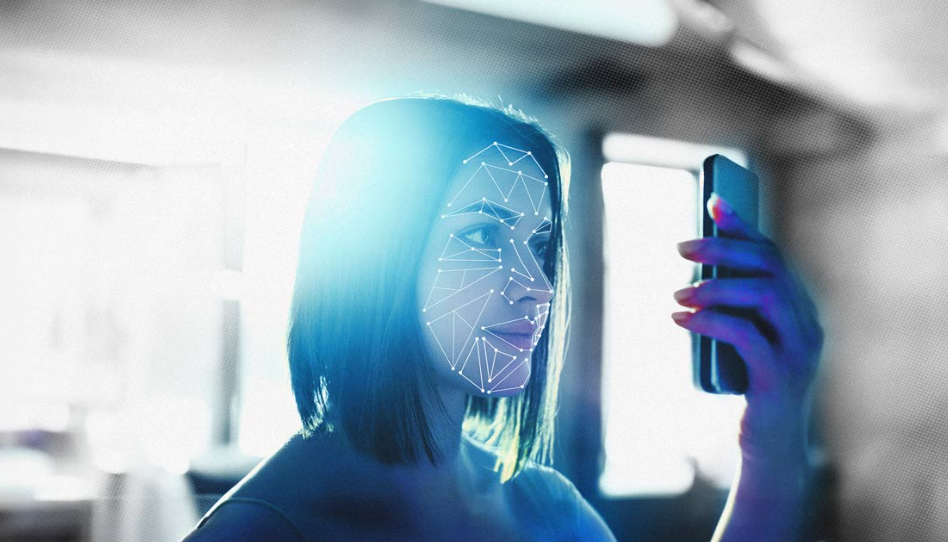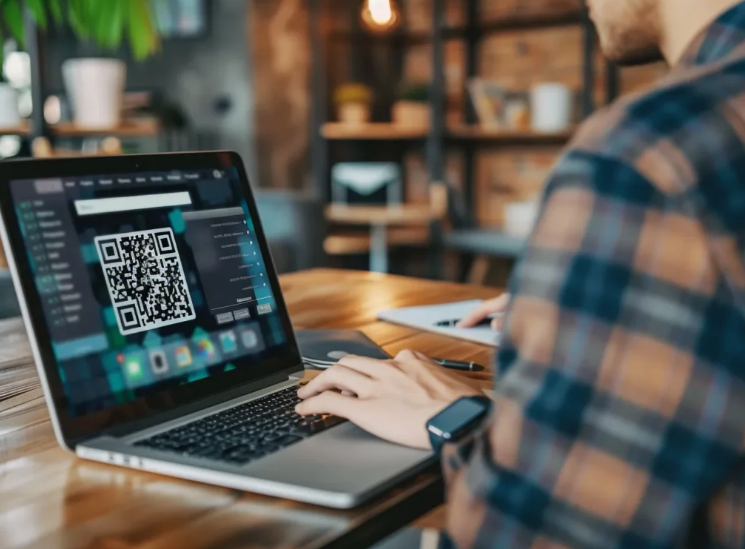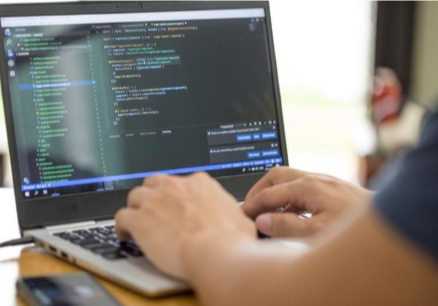The Rise of AI-Enhanced Beauty in Social Media Profiles
In today’s world, first impressions are mostly made online. Whether you’re scrolling through Instagram, checking out someone’s dating profile, or connecting on LinkedIn, profile pictures speak before words ever do. And increasingly, those photos aren’t just flattering—they’re enhanced. We’ve entered the age of AI-driven beauty, where advanced technology is reshaping how people present themselves on social media. Whether it’s a subtle touch-up or full transformation, AI is now the unseen hand behind most camera-ready faces on the web.
For those who wish to leave their stamp or simply appear their very best selves, the art of creating profile picture content that is authentic yet polished has become an unforeseen new necessity. With this new trend, though, comes a great many questions—questions of self-presentation, of online identity, and how to walk the fine line between enhancement and pretense. Let’s venture into this new and thrilling world and learn how it’s transforming our view of ourselves—and each other—online.
Why AI Beauty Tools are Blowing Up
Just a few years back, retouching your face in a photo meant relying on clunky apps or Photoshop. Today, it’s about tapping a filter or swiping on an AI helper. Apps like FaceApp, Lensa, and Facetune have made beauty touch-ups easier, more convenient, and even surprisingly effective. You can slim down your face, brighten your eyes, smooth out your complexion, or even “re-age” yourself with just a click.
So why are they going all in on AI tools like never before? It’s really two huge things: pressure and accessibility.
When we’re on social media, we’re all competing for attention. Follower number, like number, matches – there’s this unwritten expectation of being smooth. Editing talent? Professional lighting? Nope. A smartphone and some minutes.
And it’s not just influencers or celebrities any longer. Every-day users are leveraging these tools to present the ideal version of themselves—sometimes a version that doesn’t actually exist in the real world.
From Filters to Facelifts: How Far Is Too Far?
There is no denying that confidence can be enhanced with the aid of AI tools. We’ve all had that one bad selfie day—AI comes to the rescue and fixes what the camera could not. But where do we stop short of improving and begin distorting?
That’s where it gets sneaky. A gentle skin-smoothing filter is one thing. Changing your entire facial structure is something else. Some apps now incorporate AI-made make-up, eye reshaping, jawline enhancement, and even AI avatars that place a digitally constructed face over your own face.
This has practical implications. Studies have shown that overuse of beauty filters is damaging to self-esteem, especially among younger consumers. There’s also the ethical consideration: if your online self isn’t an accurate reflection of your offline self, is it deceptive?
But most people aren’t actually being deceptive. They’re trying to meet the digital norms around them—norms ironically produced by the same technology everybody’s now using.
See also: What Is a Tech Stack and Why It Matters
Creating the Perfect (But Real) Profile Picture
It’s a skill to obtain a profile picture that not only appears great but also feels authentic. When you make a profile picture material these days, it’s less about capturing the moment and more about creating an identity. AI is your friendly guide here—as long as you’re utilizing it wisely.
Here are some wise tips:
- Keep it relaxed: Use AI apps to tweak light, sharpen blur, or subtly enhance contrast. These are small tweaks that enhance your photo without turning you into a stranger.
- Stay true to your features: Avoid excessive reshaping and unrealistic adjustments. Your profile should inspire, not hallucinate.
- Use the right tools: Try apps like Lightroom for color tweaking or Snapseed for basic retouching. If you’re using facial tools, use them lightly.
- Use natural light: More often than not, the ideal “filter” is sunlight. Take a shot by a window or outside. AI can enhance a great photo, but it can’t replace a great beginning.
- Experiment your image on different platforms: What looks good on Instagram might not be suitable for LinkedIn. Adjust your images accordingly.
Done properly, AI-enhanced images can help you put your best foot (or face) forward without sacrificing authenticity.
The Psychological Impact: More Than Skin Deep
The conversation around AI-enhanced beauty isn’t just about aesthetics—it’s also about psychology. We’re constantly comparing ourselves to others online, often forgetting that what we’re seeing is filtered reality. The pressure to keep up can lead to body image issues, anxiety, and unrealistic expectations.
Indeed, research released in 2023 in the Journal of Social Media Psychology discovered that repeated exposure to AI-enhanced photos was a factor in higher dissatisfaction with one’s appearance—particularly among younger groups. Individuals felt that they had to “upgrade” themselves if they were going to be a valid participant on social media.
That’s why self-knowledge and openness are so important. It’s okay to airbrush your picture. It’s okay to wish to look good. But you must remember you are not less valuable depending on your appearance on a screen.
AI and the Future of Digital Identity
As AI technology continues to evolve, so will digital identity. More advanced capabilities such as real-time AI-powered videos or even completely synthetic digital influencers are expected to be available in the near future.
But ultimately, our gear is supposed to complement our identity—not replace it. AI can help us highlight our positives, but our personality, voice, and values are what distinguish us at the end of the day. Those can’t be generated or filtered.
It’s also something of a coincidence that some platforms are already responding to the AI boom. For example, Instagram now tags AI-generated content in some cases, and dating apps are seeking ways to verify that profile images are recent and real.
The future could be more regulation and transparency, especially with deepfakes and AI impersonation only improving. For now, it’s up to each individual to decide how much enhancement is too much—and how to balance the benefits of technology with the need for authenticity.
Final Thoughts: Beauty Beyond the Filter
We’re at an age where technology lets us reimagine our appearance with a few clicks. That’s powerful—but also a little tenuous. AI-enhanced beauty can give you the confidence to put yourself out there. But it can also trap you in a cycle of never being “enough” without the help of technology.
So the next time you’re about to head out to change your profile, remember this: utilize AI to make your light larger, not hide your truth. Be considerate when you produce profile picture content. Let your photo reflect not only what you look like, but how you feel—confident, expressive, and authentic.
Because in a world of filters, your authenticity is your most attractive feature.






